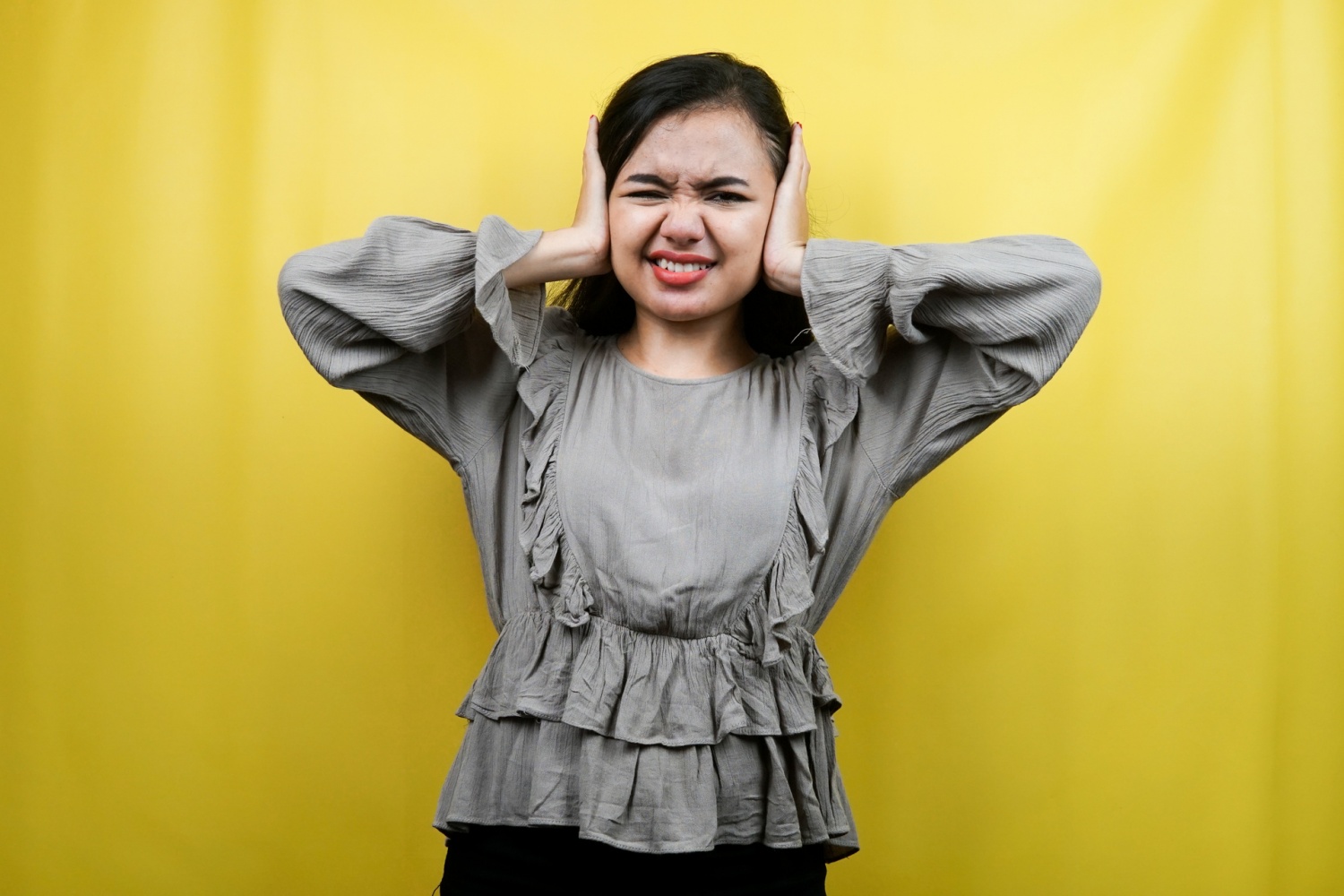Mental Health
7 Sounds That Trigger Misophonia

(Photo : Vecteezy / Sobakhul Munir Siroj)
Misophonia is a condition characterized by an intense emotional reaction to specific everyday sounds.
What is Misophonia?
Misophonia is a disorder where certain sounds trigger strong emotional or physiological responses that may seem unreasonable to others. Individuals with misophonia experience reactions such as anger, annoyance, panic, and the urge to flee when exposed to specific noises. This condition, also known as selective sound sensitivity syndrome, often involves a heightened sensitivity to oral sounds like chewing, breathing, or eating. The disorder varies in severity, with some individuals experiencing mild discomfort while others endure intense emotional distress.
7 Sounds That Commonly Trigger Misophonia
Eating Sounds
Noises made by people eating can be particularly distressing. Sounds such as chewing, lip-smacking, swallowing, and slurping are common triggers. Crunchy foods like apples and crispy snacks can provoke a strong reaction in those with misophonia.
Repetitive Tapping
Sounds that involve repetitive tapping can also trigger misophonia. This includes pen clicking, foot tapping, repetitive barking, and typing on a computer. These constant, rhythmic noises can become unbearable.
Rustling
The sound of rustling paper or plastic can be another significant trigger. The subtle but continuous rustling noise can create a sense of discomfort and agitation.
Throat Sounds
Sounds originating from the throat, such as throat clearing, hiccups, and humming, can be distressing for individuals with misophonia. These sounds often occur unexpectedly, causing immediate irritation.
Mouth and Nose Sounds
Breathing, snorting, nose sniffing, coughing, snoring, whistling, sneezing, and burping are common triggers. These noises, often made involuntarily, can cause significant discomfort.
Certain Voice Sounds
Specific accents, some people's voices, and particular letter or vowel sounds can be distressing. The tone or pitch of certain voices can provoke a strong emotional response.
Background Sounds
Background noises such as the ticking of a clock, car engines, refrigerator humming, dishwashers, washing machines, and fans can trigger misophonia. These consistent background sounds can lead to heightened stress and discomfort.
Visual Trigger of Misophonia
In addition to auditory triggers, misophonia can also involve visual stimuli. One common visual trigger is repetitive visual movements. This includes actions like leg rocking, foot shuffling, and people rocking back and forth in their chairs. The repetitive nature of these movements can cause a significant emotional response in individuals with misophonia.








Join the Conversation